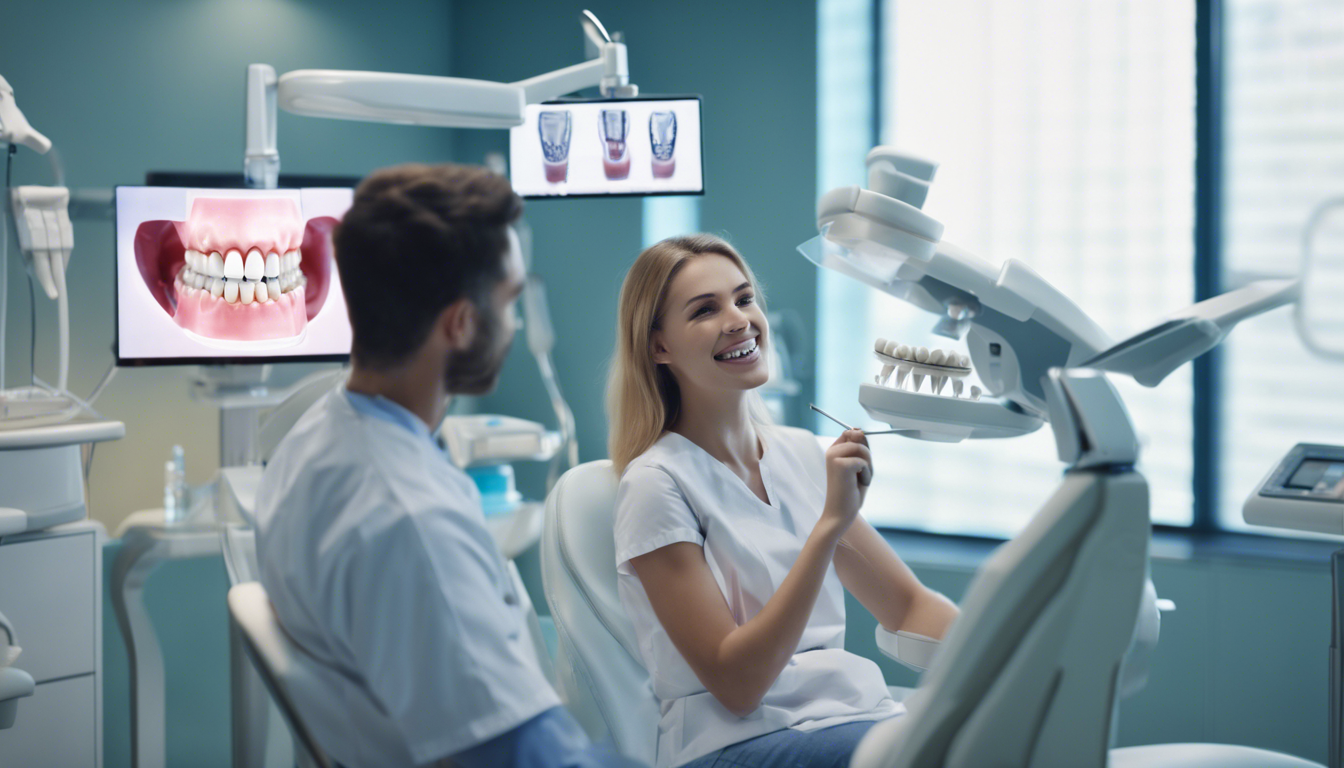Dental implants have revolutionized the approach to missing teeth, offering a durable, functional, and aesthetically pleasing solution. However, the landscape of dental implantology is continuously evolving, not only in terms of technological advancements but also in addressing the unique needs of different age groups, particularly those under 55 years old.
Traditionally, dental implants are small, screw-like structures made from titanium, which is biocompatible with the human body, ensuring that the body does not reject the implant. Once placed in the jawbone, they serve as a strong foundation for prosthetic teeth. Over the years, this fundamental technology has seen numerous improvements which have significantly enhanced the success rate of dental implant surgeries.
One of the primary challenges for younger patients considering dental implants relates to the long-term commitment required. Given that the lifespan of a dental implant can extend over decades, younger individuals might undergo multiple procedures in their lifetime. This is due to the natural changes in jawbones and gums as part of the aging process, necessitating adjustments or replacements of the implants.
Furthermore, the cost of dental implants can be prohibitive for younger patients who might not have financial stability or adequate insurance coverage. Although the initial investment might be high, the durability of implants often makes them more cost-effective than other dental solutions, such as bridges and dentures, which might need regular replacement.
Geographical variations in the incidence of dental implant surgeries are notable. In regions like North America and Europe, where there is a higher concentration of specialist dental practitioners and greater public awareness about dental health, the rate of implant surgeries is significantly higher than in parts of Asia and Africa. This discrepancy is also influenced by economic factors and access to specialized dental care.
The psychological impact of tooth loss is profound at any age, but for younger adults, the stigma associated with missing teeth can be particularly distressing. It can affect self-esteem, social interactions, and professional opportunities. Modern dental implants offer a solution that not only restores function but also confidence.
In terms of new developments, there are several exciting experimental studies on dental implants. Researchers are exploring the use of alternative materials to titanium, such as zirconia, which promises even better biocompatibility and aesthetic results. Moreover, innovations like 3D printing technology are being applied to create custom implants that match the exact dimensions of a patient’s dental cavity, improving the surgical outcomes and reducing recovery time.
Another cutting-edge area of research involves the integration of bioactive molecules into the implant surfaces. These molecules can promote faster healing and integration of the implant into the jawbone. Studies have shown promising results, particularly in accelerating the osseointegration process, which is critical for the stability of the implant.
There is also ongoing research into non-surgical treatments that could enhance or extend the longevity of dental implants. These include drugs that strengthen bone density or combat the bacteria responsible for gum disease, which is a leading cause of implant failure.
You may also like
The Evolution and Innovation in Dental Implants: Focus on Older Adults
This article delves into the world of dental implants, detailing the various methods and treatments available, with a focus on the specific challenges faced by individuals over the age of 55. It also explores cutting-edge research and experimental developments in the field of dental implantology.
Hair Loss: New studies and experimental treatments
Hair loss is a common issue affecting both men and women globally. This article delves into the various symptoms and treatments available for hair loss and explores new studies and experimental treatments. It also touches upon geographical variations, gender differences, and innovative treatments for related conditions like acne, atopic dermatitis, psoriasis, and dental care.
Hair Loss Treatments: Current Solutions and emerging therapies
Hair loss affects millions worldwide, with distinct challenges for both men and women. This article delves into the causes, symptoms, and current treatments for hair loss, and highlights innovative studies and emerging therapies. It also provides insights into related dermatological conditions like acne, atopic dermatitis, and psoriasis, as well as advancements in dental care.
Acne: Impacts on teenagers and adults
Acne is a common skin condition that affects millions worldwide, with varying impacts on teenagers and adults. This article delves into the symptoms, treatments, and innovative research targeting acne. Additionally, it explores related dermatological issues such as hair loss, atopic dermatitis, psoriasis, and dental care, highlighting the latest advancements in treatment.
Atopic Dermatitis: Symptoms, Treatments and geographic incidence
Atopic dermatitis is a prevalent skin condition impacting millions globally. This article explores the symptoms, conventional and emerging treatments, geographic incidence, and innovative studies targeting atopic dermatitis and psoriasis. Additional insights into hair loss, acne, and dental care highlight the expansive nature of skin-related concerns.
